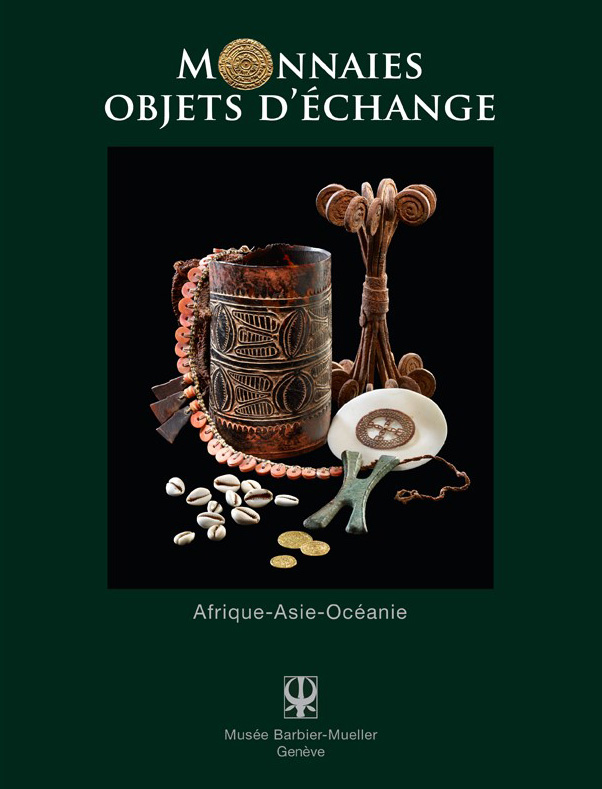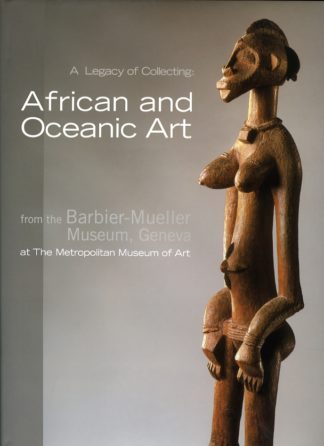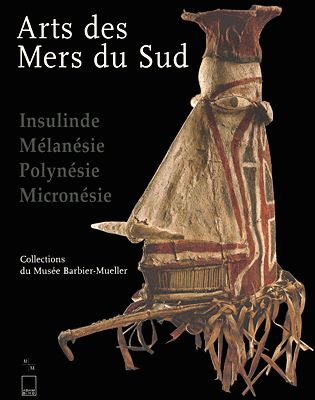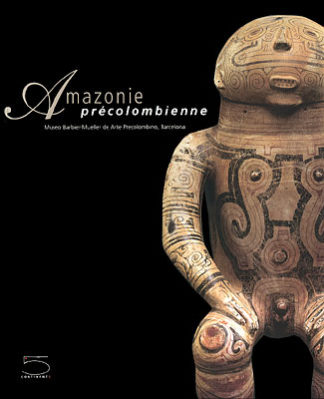Description
French edition only
Food, teeth, shells, feathers, amber, stones, metals, manufactured objects, textiles, tools – since ancient times, exchanges have taken on all these forms. Coastal populations traded the products of their fishing with those from inland for goods that were not available in their own environment.
In search of a sea route to the Indies, explorers of the Modern Age visited the coasts of Africa before venturing into the heart of the continent. There, they discovered a multitude of mercantile practices, with or without currency, many of which persisted until the 20th century. A man’s power was often measured by his ability to redistribute his wealth.
According to a universal custom, negotiations, gifts, and counter-gifts accompanied major milestones in life. A woman’s hand was obtained only through a marital compensation, and the exchange of gifts represented a tangible sign of commitment. In Asia, suitors often offered precious metal earrings or bracelets, and accepting them implied a positive response. During funerals, the attendees provided the deceased with textiles and jewelry for their afterlife and to be recognized by their ancestors.
Unlike the Polynesians, the Melanesians also had their own monetary systems. Highly ritualized exchanges were perpetuated to this day, such as the “moka” in the Highlands of New Guinea and the “kula” in the Massim region, to the east of the island.
The study conducted by Anne Vanderstraete on the currencies and exchange objects selected from the collections of the Barbier-Mueller Museum not only explains the practices related to the use of these pieces in their original context but also explores the aesthetic richness of this collection.
Exhibition Catalog, Barbier-Mueller Museum, Geneva, 2016
Published by Barbier-Mueller Museum, Geneva, Somogy Editions d’Art, Paris, 2016




